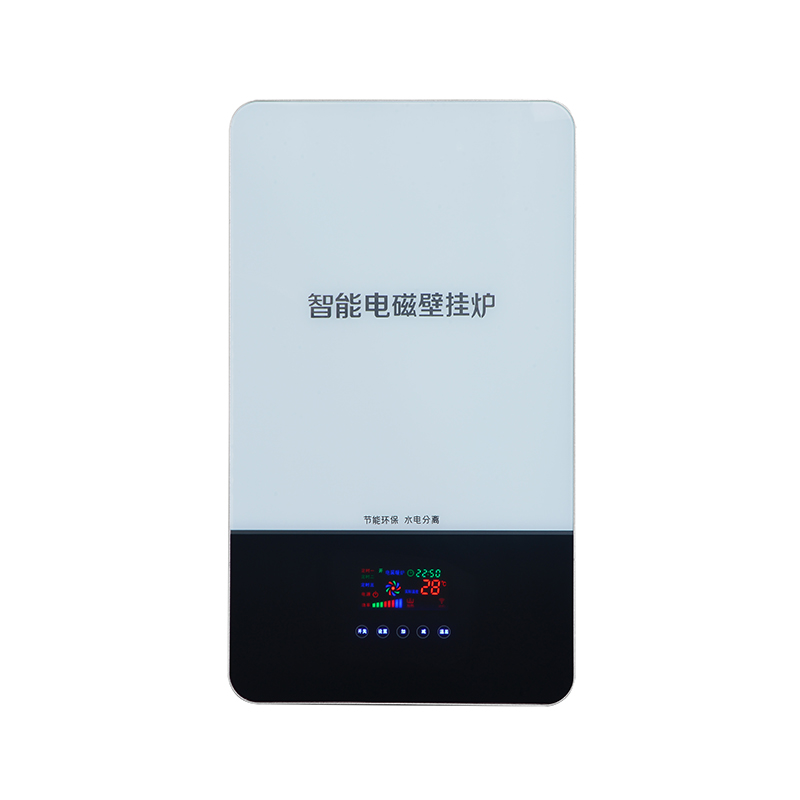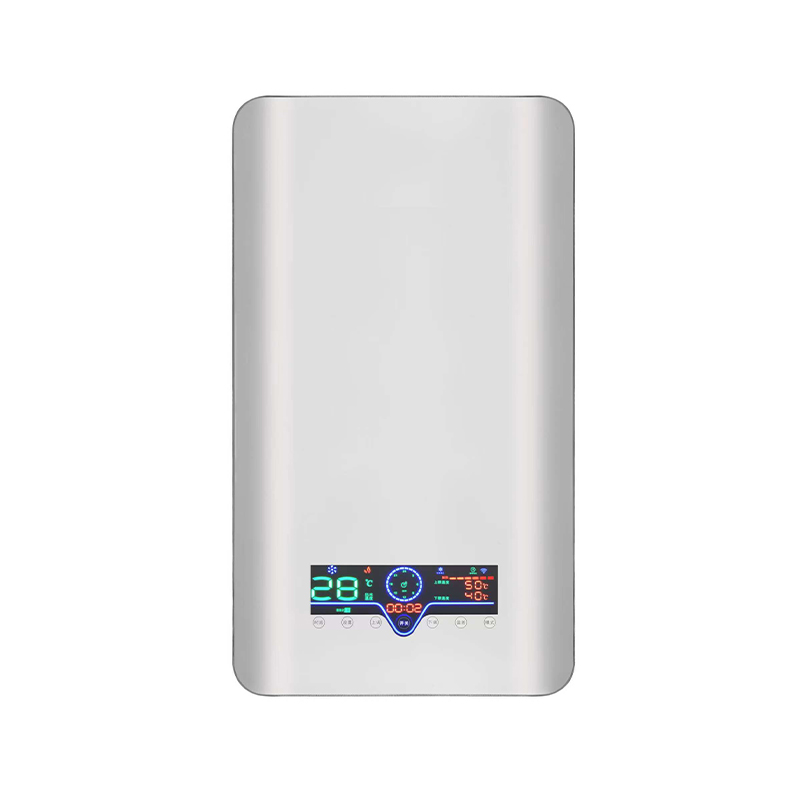Which components produce the noise generated by electromagnetic heating furnace during operation? How to effectively reduce the noise?
Release Time : 2025-07-18
The noise of electromagnetic heating furnace seems subtle when it is working, but it is actually the result of vibration of multiple components or air flow disturbance. Its intensity is closely related to the structural design and operation status of the equipment. Effective noise reduction requires accurate positioning of the sound source, and then through targeted structural optimization or operation regulation.
The cooling fan is one of the main sources of noise. In order to avoid overheating of the coil disk and power tube, the electromagnetic heating furnace will be equipped with a small axial flow fan. When the fan blades rotate at high speed, they will rub against the air to produce air flow noise, and the blade vibration will also cause mechanical noise. The higher the fan speed (usually 3000-5000 rpm), the more obvious the noise, especially when the blades of inferior fans are not well balanced, a periodic "buzzing" sound will be generated, with a frequency concentrated in 500-2000Hz, which is easy to be caught by the human ear.
The high-frequency vibration of the power tube is another important sound source. The IGBT power tube, the core component of the electromagnetic heating furnace, will generate electromagnetic force due to current changes in the high-frequency switching state (switching frequency 20-30kHz), causing resonance of itself and the heat sink. This vibration is amplified through the casing, forming high-frequency noise. Although the frequency is high (over 2000Hz), it can still be detected in a quiet environment. As the power tube ages, the vibration amplitude will increase and the noise will become more obvious.
The electromagnetic vibration of the coil disk also contributes to noise. The alternating current passes through the coil disk to generate an alternating magnetic field. The magnetic field not only acts on the pot, but also generates electromagnetic force on the coil disk itself, causing the coil skeleton and the fixed structure to vibrate slightly. If the coil disk is not tightly fixed to the furnace body, the vibration will intensify, especially at high power output, the magnetic field strength will increase, the vibration frequency will resonate with the casing, and form obvious low-frequency noise (200-500Hz), which is manifested as a "woohoo" sound.
The contact state between the pot and the stove surface may cause additional noise. When the bottom of the pot is uneven or there is a slight gap with the stove surface, the electromagnetic force generated by the eddy current generated by the alternating magnetic field in the pot will cause the pot to vibrate slightly, and collide with the stove surface to produce a "da da" sound. This noise is more obvious when the pot temperature is low and the rigidity is good at the beginning of heating. As the pot expands due to heat and the fit is improved, the noise will gradually weaken.
Reducing fan noise can start with structural optimization. Use fan blades with higher dynamic balancing accuracy (such as error control within 0.1g) to reduce vibration during rotation; install rubber shock-absorbing pads at the connection between the fan and the furnace body to block vibration transmission; control the fan speed through the program, automatically reduce the speed when running at low power (such as to below 2000 rpm), and only increase the speed at high power to balance heat dissipation and noise. Some high-end models use brushless DC fans, which can reduce noise by 3-5 decibels compared to brushed fans.
Strengthening the fixing and damping design is required to suppress the vibration of power tubes and coil disks. Apply high thermal conductivity silicone grease between the power tube and the radiator to enhance heat dissipation and reduce vibration through the damping effect of silicone grease; the radiator and the furnace bracket are elastically connected instead of rigidly fixed, and springs or rubber pads are used to absorb vibration energy. For the coil disk, the number of fixed points is increased, and the coil skeleton is wrapped with a silicone pad so that the vibration energy is consumed by the internal friction of the silicone. At the same time, the coil disk is prevented from directly contacting the metal furnace body, and the vibration conduction path is cut off.
Optimizing the adaptability of the pot can reduce contact noise. Paste a thin silicone pad under the microcrystalline glass plate on the stove surface, and use the elasticity of the silicone to compensate for the unevenness of the bottom of the pot and reduce the vibration space; design the pot positioning groove to guide the pot to fit the stove surface accurately and avoid the gap caused by the offset. When using, users can choose iron or stainless steel pots with flat bottoms, which can also reduce the noise caused by pot vibration from the source.
Through multi-dimensional noise reduction design, the working noise of the electromagnetic heating furnace can be controlled below 40 decibels (equivalent to whispering), which not only ensures the normal operation of the equipment, but also avoids interference with the living environment. This noise reduction idea takes into account both functionality and comfort, and is a concrete embodiment of the humanized concept in modern home appliance design.





